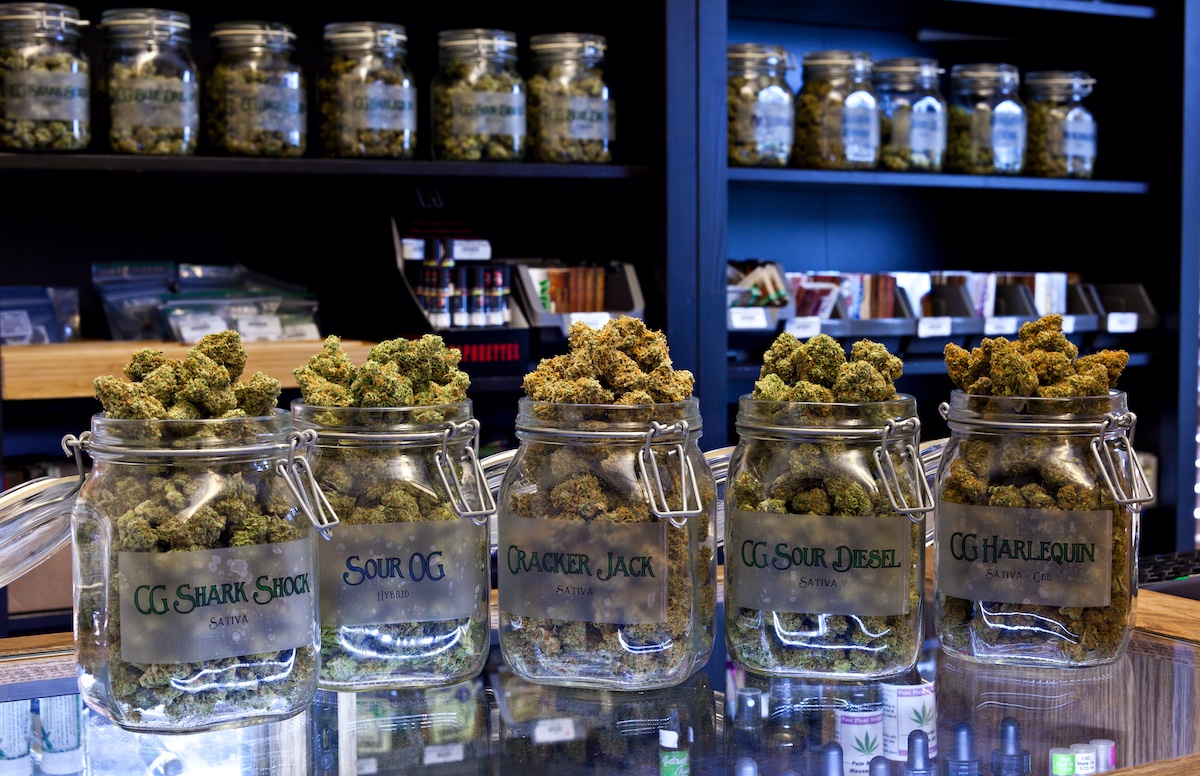Flushing roots, myth or reality?
List of contents
For years, the belief that irrigating with just water during the last two weeks of cultivation removes nutrients from the substrate and, above all, from the plant, was a topic that few people would have dared to disagree with. The general trend claimed (without any scientific basis apart from subjective opinions) that if during this last period of ripening water only was used for irrigation and no fertilisers were used, the plant would consume the nutrients from the soil and, when these were finished, it would use the nutrients stored in its tissues, greatly improving the flavour and aroma of the finished flowers once dry.
Thus, this technique - usually called "root flushing" - was given a series of benefits in terms of the quality of the final product: superior organoleptic qualities than in the case of not flushing, combustion without crackling, white ash and a long etcetera of properties that, although they had no scientific basis whatsoever, were commonly accepted without major reservations. However, over the last few years, a series of scientific studies have appeared that call these claims into question, which has only ignited a passionate debate between detractors and supporters of root flushing. Today, based on these two studies, we propose to enter into this debate and try to work out whether or not it is worthwhile to apply this traditional cultivation technique.
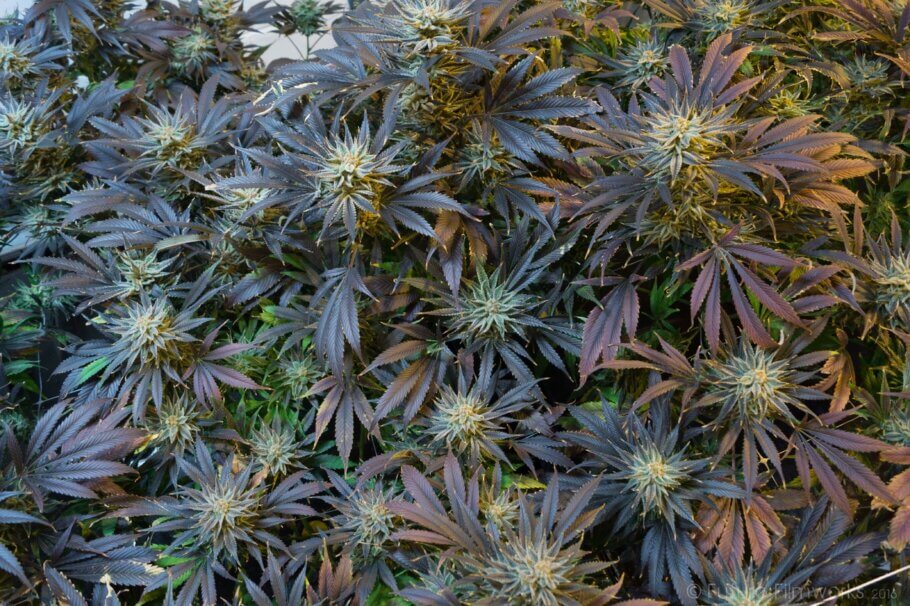
Flushing roots at the end of cultivation
Before we go any further, we should clarify one important point: throughout this article, we will refer to root flushing as the technique of exclusively providing water to the plants during the last two weeks or so of cultivation. Some growers will choose a period of 10 days or a week, but we are referring to the end of the crop and not to occasional flushing that may need to be carried out in the middle of the growth or flowering period due to, for example, over-fertilisation of the plants.
In fact, during cultivation, we can make mistakes such as over-fertilising the plants that lead us to need to wash or leach the substrate in order to "remove" the excess nutrients from it by washing them out along with the drainage water. Normally, enzymes are also used in these cases, which will help to break down the accumulated nutrients more easily. This is a one-off solution to a specific problem and not something that should be done regularly, especially if we have added microbial life to the growing medium.
Today we are not going to talk about this method or question it, but rather focus on the final flushing during the last weeks of growing, a very common practice, especially among those who use mineral fertilisers or grow in inert substrates such as clay balls, rockwool or coco fibre. The idea is to stop providing nutrients to the medium (and, therefore, to the plant) in the final phase of flowering so that, always in theory, the plant "consumes" the nutrients accumulated in its tissues, so that no residue remains in the dried buds.
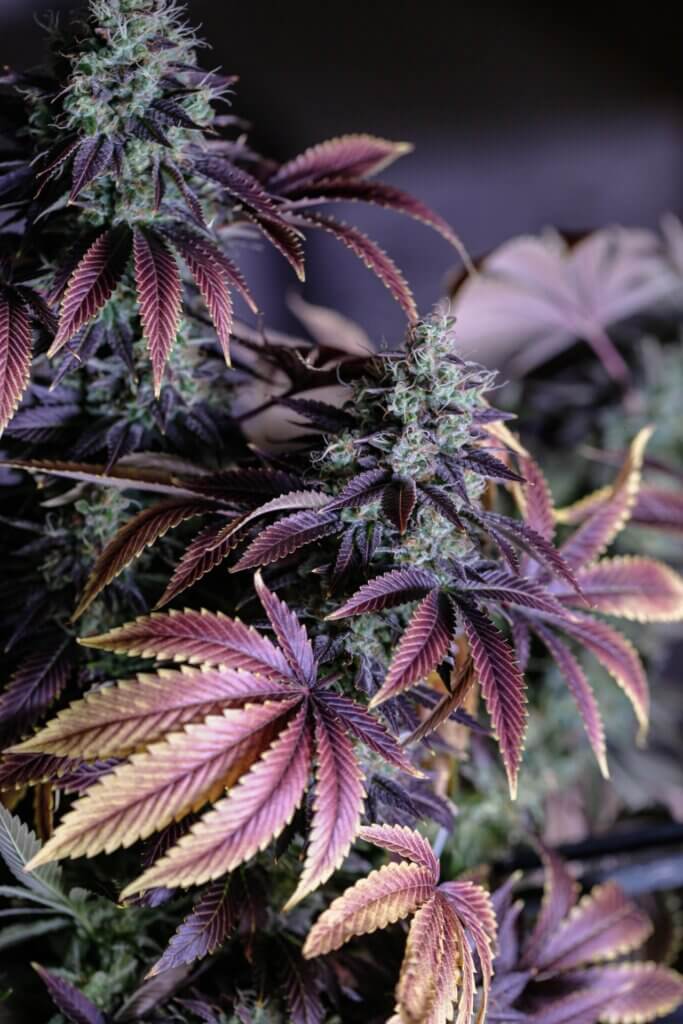
Before moving on to examine the studies on this issue, let's look at some of the advantages and disadvantages that its proponents and detractors claim about this method:
Advantages of flushing roots at the end of cultivation
- Improves the flavour and aroma of the dry flowers
- Does not influence the quantity of cannabinoids or terpenes present in the dry flowers
- Does not impact the final yield
- Saves nutrient costs during the final weeks of flowering
- Better combustion, absence of occasional sparks during combustion, white ash
Disadvantages of flushing roots at the end of cultivation
- Reducing the quantity of nutrients natively affects the plants' development
- Final yields and quantity of cannabinoids and terpenes will be reduced
- Without elements like Calcium and Boron, maturation can be slowed down or halted
- Flavour and aroma are not negatively impacted if flushing is not carried out.
As we can see, these are not unimportant issues, as they basically discuss (without reaching any agreement) the final quality of the product obtained, both in terms of flavour and aroma and in terms of cannabinoid and terpene content. For decades, each grower's own assessment and the knowledge shared in his circle were the main guides to deciding whether or not to flush the roots, as there was no scientific evidence to support one option or the other. Let us now see what science has to say on this issue.
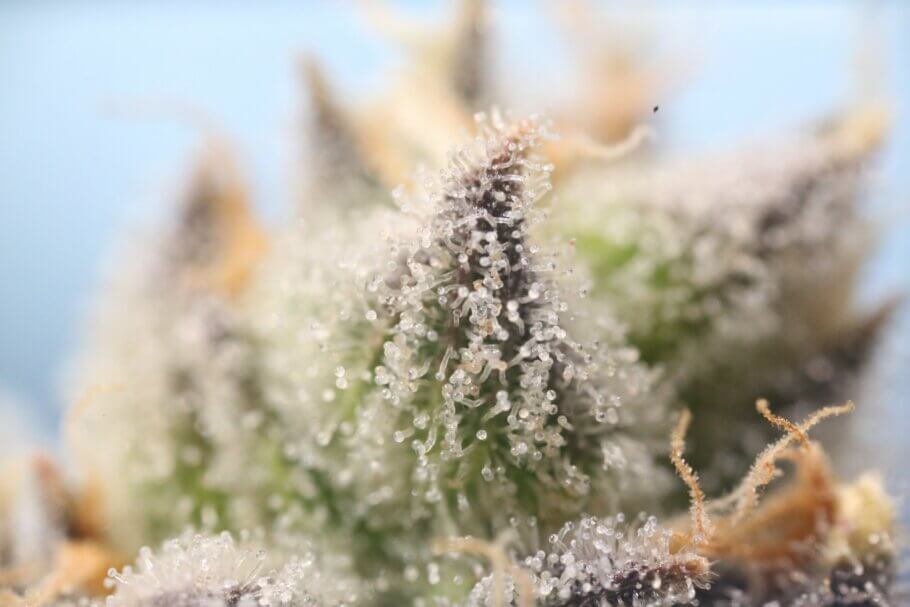
Studies into cannabis root flushing
In 2017, Jonathan Stemeroff submitted a thesis to the University of Guelph (Canada) for his Master's degree in Environmental Science entitled Irrigation Management Strategies for Medical Cannabis in Controlled Environments. In this study, which focused on aspects such as irrigation control and the relationship between plant water requirements and factors such as vapour pressure deficit, the effects of root flushing were also studied and a clear conclusion was reached: root flushing was shown to be ineffective at removing significant amounts of nutrients from the flowers.
In this study, 3 trials were conducted in which the results of root flushing were analysed in each trial, concluding that it did not reduce the levels of nutrients stored in the buds in any of the cases and that the use of nutrients during this period did not increase the levels of cannabinoids and terpenes, nor the yield of the plants, nor improve their aroma and flavour. The debate - now with some scientific basis - was on, and soon advocates of one position or the other became embroiled in heated discussions in forums and social networks.
The flavours of cannabis
Why does marijuana taste like it does? This is one of the questions that cannabis users most frequently ask themselves when they try different cannabis strains or their extracts. And it’s not for nothing: marijuana can offer you the most varied and exotic aromas and flavours, ranging from cheese and oranges to incense and sweets. In this article we give you the answer to that question as well as a brief overview of the strains whose incredible aromatic complexity has marked a before and after in the history of cannabis.
A little later, in 2020, the American nutrient company RX Green Technologies launched a comprehensive study into the effectiveness of root flushing during the final period of the plant's life, entitled Impact of different flushing times on quality and taste in Cannabis Sativa L. Although it was an analysis carried out by a private company and without peer review (essential to be considered an academic/scientific article), it is no less true that it represented the most complete study on the subject to date, with a large amount of data collected and analysed by its team of experts, led by Dr Stephanie Wedryk. These are the main features of this research:
- Study to determine the impact of root flushing at the end of cultivation
- Cherry Diesel plants were used for the test
- The plants are divided into groups, which will have root flushing periods (watering with water only) of 14, 10, 7 and 0 days.
- At the end of cultivation, yield, cannabinoid and terpene content, taste and aroma (blind test) and analysis of mineral content in the leaves are evaluated.
The results of this study are consistent and coherent, although we lack more information on the analytical methods used to carry out the study, as well as a peer review of the results obtained. Let us now discuss the results of this trial point by point.
Cannabinoid & terpene content
The THC contents of each group show very little variation between the different groups, with a minimum percentage of 21.58% in the group with 14 days of flushing and a maximum of 22.73% in the group that received 7 days of flushing. Statistically speaking, the differences found are insignificant.
Regarding terpenes, special attention was paid to the most predominant ones in Cherry Diesel: beta-myrcene, beta-caryophyllene and terpinolene, and the rest were grouped together. As can be seen in the graph, the samples with the highest terpene content are precisely those that were not flushed at all, although, again, the differences are not statistically significant as they are practically identical.
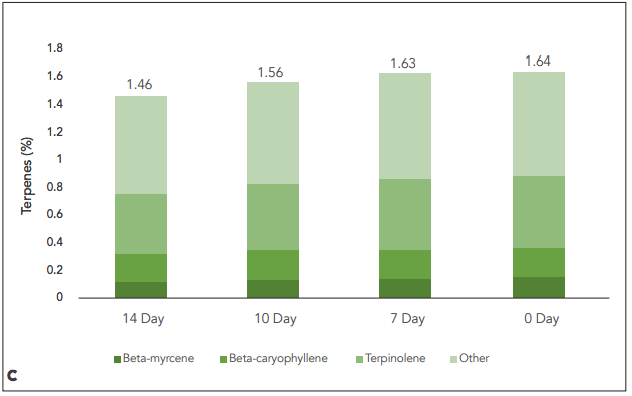
Dry flower yields
The results regarding yield are somewhat curious, because as we have seen with the THC content, the "protagonists" with the highest and lowest values are again the 14-day wash and the 7-day wash, although this time the other way around. The group with the lowest yield turned out to be the one that received 7 days of flushing (89.47 g/plant), while the highest yield was the one that received 14 days of flushing (103.2 g/plant). Based on the results, could a relationship be established whereby the higher the yield, the lower the THC concentration and vice versa? More tests would be needed to be able to say for sure, but it is certainly an interesting point for future research.
Leaf colouration
The study shows how plants with root flushing periods of 14 and 10 days have lost much of their characteristic green colour and taken on yellow colouration. According to their conclusions, this is due to a greater decomposition of chlorophyll in such cases.
Mineral content of the flowers
Flower samples were taken on the day of harvest for further analysis. The data reveal very few differences between the different groups, with very similar mineral contents to each other. The biggest difference was observed for iron and zinc, with higher concentrations in the 14-day wash. This could be due to the fact that, by using only water, the plant assimilates both nutrients accumulated from the substrate (iron and zinc are involved in plant senescence processes).
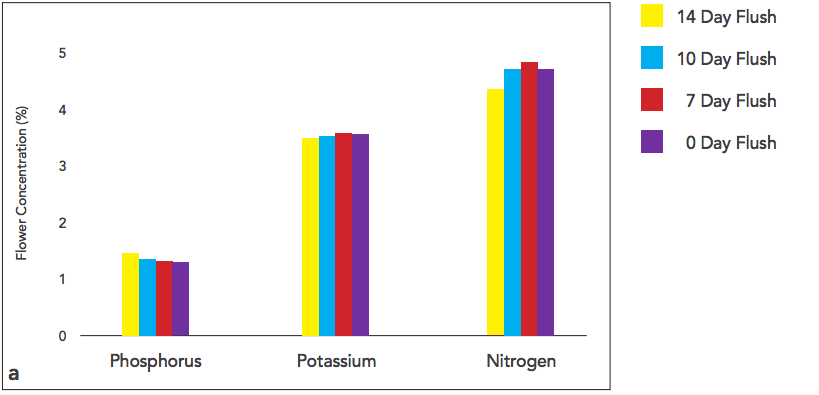
Resin extraction
The quality and yield of resin extractions were evaluated, with results similar to those we have seen so far (minimal differences between groups). The groups with the best returns were those that received the most root flushing, 17.97% for the 14-day group and 18.21% for the 10-day group, while the 7-day group obtained 16.39% and the group that did not receive any flushing at all 16.17%.
However, as far as the visual aspect was concerned, there was no doubt, the best-looking extraction came from the group without flushing (clearer and more transparent and with less nucleation), while the worst classified in this aspect was precisely the one that received the 14-day flush.
Blind tests of flower quality
Finally, samples of each group without any identification (cured flowers) were sent to several well-known people in the industry for a blind evaluation of each sample, in which aspects such as the colour of the ash, the quality of the taste or the degree of throat irritation were scored. Again, the results were very similar and the differences were minimal, although curiously it was the samples that were not flushed that scored best overall. All tables and graphs of the study can be found on the RX Green Technologies website.
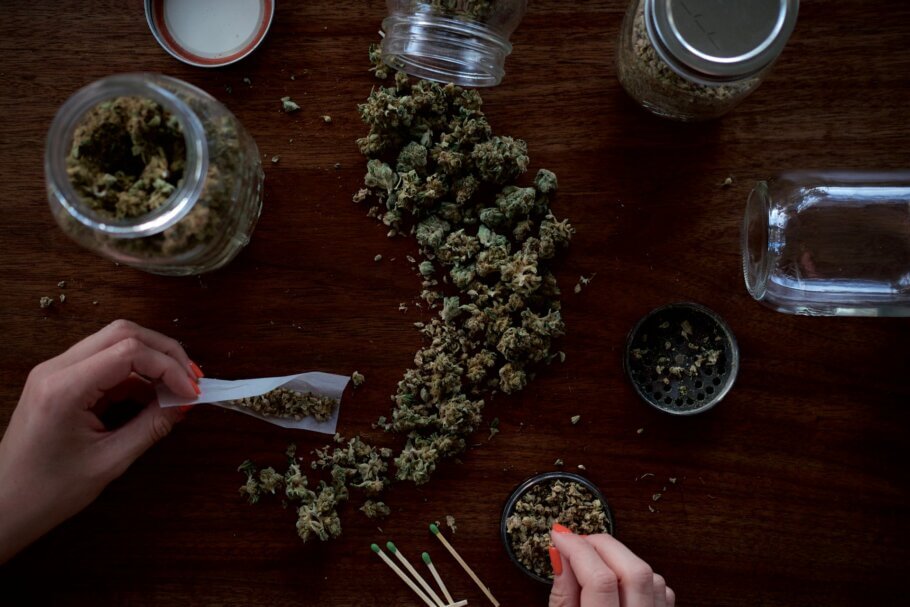
Conclusions on root flushing in cannabis cultivation
Although the two studies we have presented today lack some data and/or reviews, it is undeniable that both present similar results: feeding the plants with nutrients during the last 14 days of cultivation or not (watering only with water) will not have a significant impact on the quality of the flowers obtained, nor on their cannabinoid and terpene content or on the percentage of nutrients present in them, or even on the final yield of the crop in terms of dry flower weight.
What is clear to most people who have read these studies is that continuing to feed the plants during the last two weeks of cultivation is useless, so it is much more practical, economical and environmentally friendly to carry out the final root flushing by irrigating with just water during this period.
So, what do you think about flushing, are you a supporter or a detractor of this technique? As always, we will be delighted to read your comments, ideas or advice on the subject; for our part, and although we already have a fairly well formed idea on the subject, we will do a few tests in the near future, that's for sure!
Happy growing!
References:
- Irrigation Management Strategies for Medical Cannabis in Controlled Environments, Jonathan Stemeroff
- Impact of different flushing times on quality and taste in Cannabis Sativa L, Stephanie Wedryk (RX Green Technologies)

















































